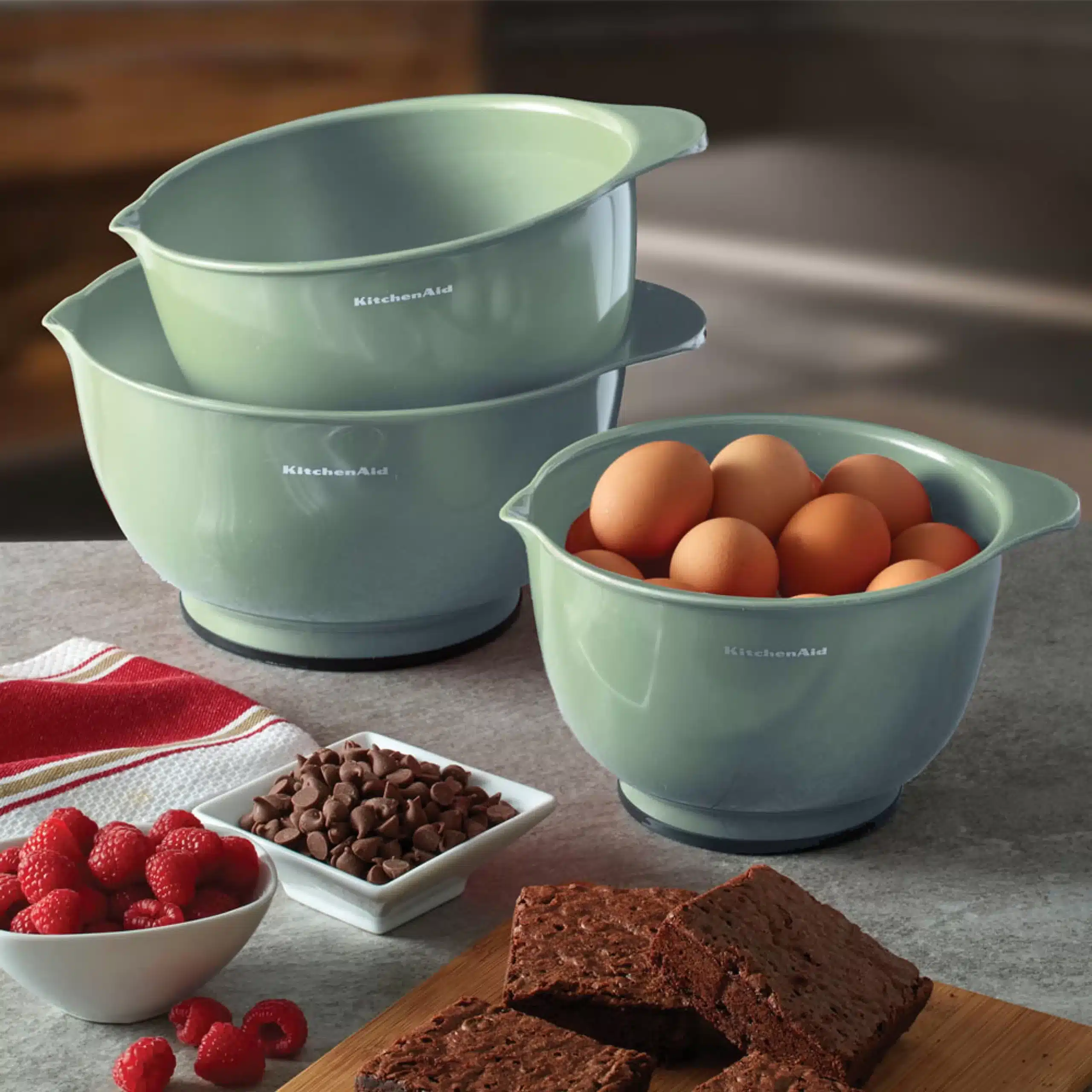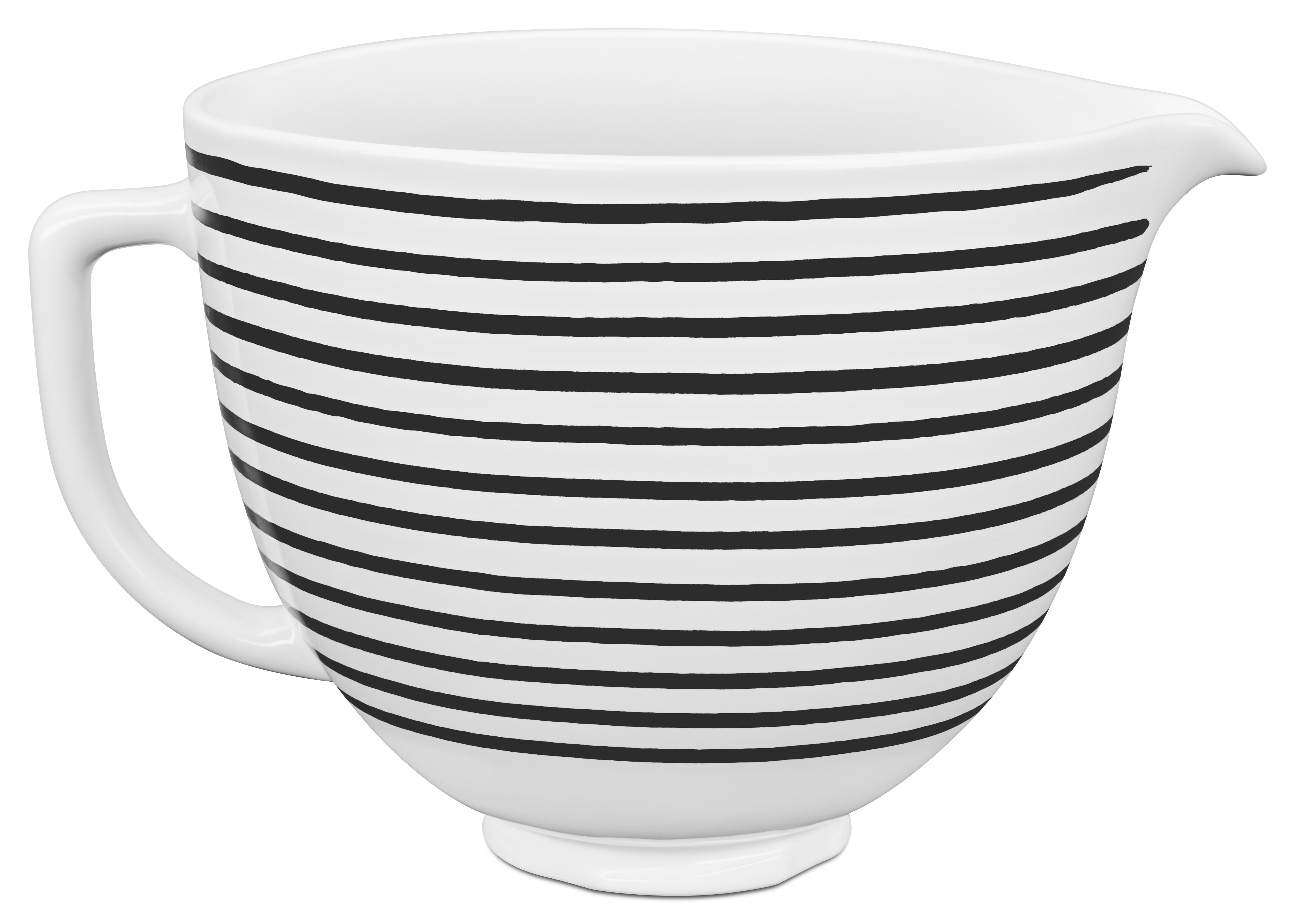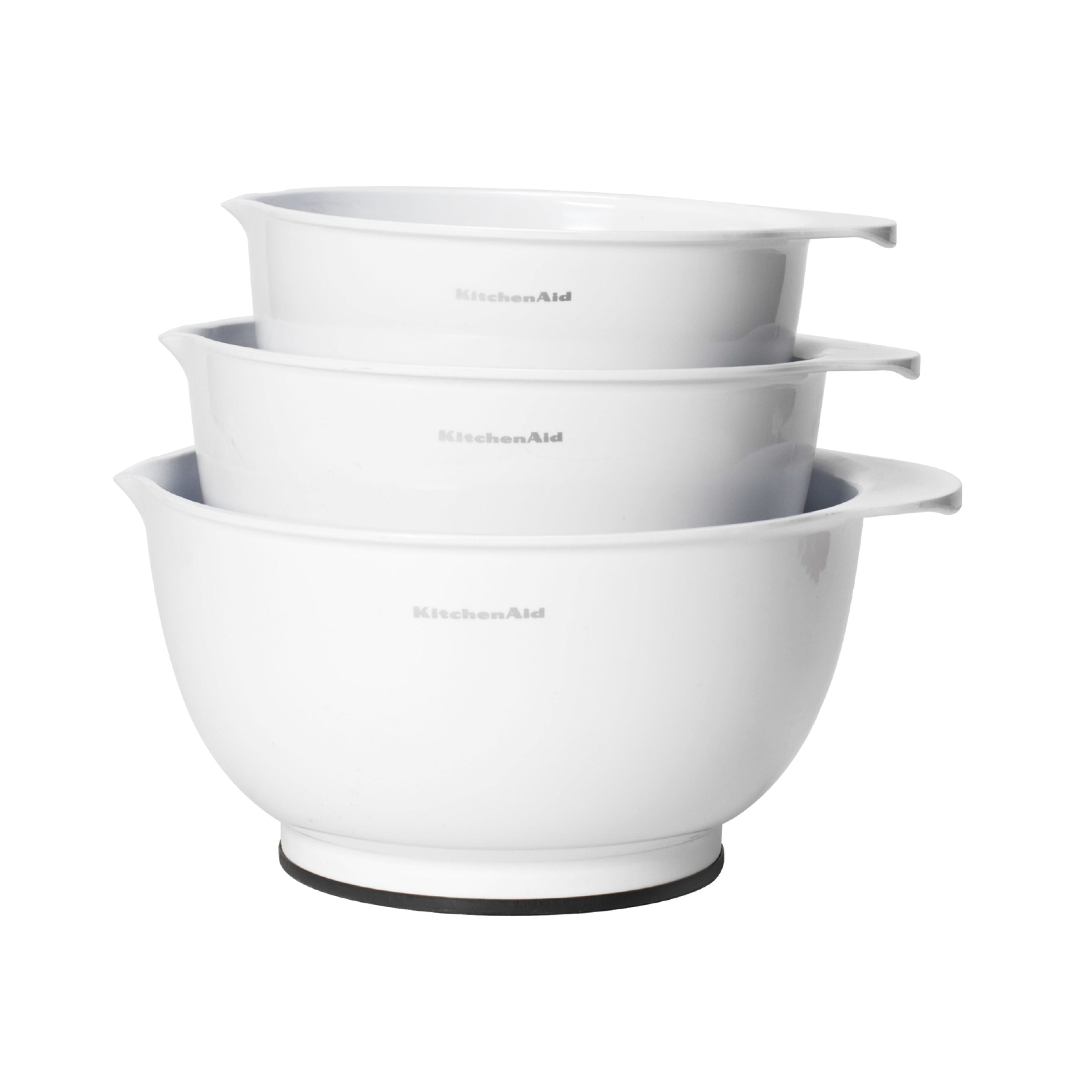
KitchenAid stand mixers are beloved kitchen appliances found in many homes. With their powerful motors and versatility, KitchenAid mixers can whip up everything from cake batters to bread dough. One of the great things about KitchenAid mixers is that they offer bowl options in various sizes and materials to suit different mixing needs. But can you safely mix and match bowls from different KitchenAid mixer models?
KitchenAid mixers come with stainless steel bowls in sizes ranging from 3.5 quarts to 8 quarts depending on the mixer model. The most common bowl size is 5 quarts. These stainless bowls feature a flat bottom, sturdy handle, and pouring spout.
In addition to stainless steel, KitchenAid also offers bowls made of glass and ceramic. Glass bowls allow you to monitor the mixing process since you can see through them. Ceramic bowls provide excellent heat retention and are ideal for recipes that require heating ingredients like making bread dough.

While it may be tempting to use bowls interchangeably between different KitchenAid mixer models, there are a few factors to keep in mind:
The bowl capacity should not exceed the recommended maximum for your mixer. Check the specifications of your mixer model to find out the largest bowl it can handle. Using an oversized bowl can overwork the motor.
KitchenAid bowls are designed to fit precisely within the mixer’s cradle and lock into place on the power hub. While some bowls may seem interchangeable at first glance, subtle differences in dimensions mean that not all bowls fit every mixer model perfectly. An ill-fitting bowl that doesn’t securely lock into the mixer can wobble and vibrate during mixing.
Mixer heads need adequate clearance to rotate properly without hitting the bowl. The balance of larger, heavier bowls can be off compared to the original bowls designed for the mixer. Heavier bowls placed too high or too far forward on the mixer hub can cause instability.
KitchenAid attachments like whisks, dough hooks, and flex edges are sized to extend to the optimal depth in standard bowls. If you use a much deeper or shallower bowl, these accessories may not perform properly.

While the bowl construction affects the mixer’s performance and stability the most, it is possible to use some alternate bowls if you take precautions:

While using a 5-quart stainless steel bowl with a compatible tilt-head KitchenAid mixer is always the safest option, you can successfully mix and match under certain conditions:
While using matching KitchenAid bowls and mixers is recommended, switching bowls between different mixer models is possible. Evaluate the bowl weight, dimensions, balance, and fit before mixing. Take care when mixing hot ingredients in ceramic and glass bowls. Start mixing on low to assess stability before increasing speed. With some precautions, you can successfully mix and match bowls for the occasional larger batch or to access special bowl features.

Does the material of the bowl really matter when mixing and matching?
The material affects weight and durability the most. Heavy glass or ceramic bowls require more care when balancing on a mixer. Sudden temperature changes can also damage non-metal bowls. Stainless steel bowls are the most durable choice for interchangeable use.
Can I use other brands’ bowls on my KitchenAid mixer?
It’s not recommended. Other brands are not designed specifically for KitchenAid mixers so the fit and balance could be less secure. Only use bowls clearly marked for KitchenAid models.
Will mixing in a larger bowl damage my KitchenAid mixer?
It depends on the recipe. Dense loads like bread dough can strain some mixer motors, especially compact models. But most models can safely handle cake batters and other light mixes in a slightly larger bowl. Avoid exceeding the recommended capacity.
At the end of the day, the optimal pairing is using the mixer and bowl designed for each other. But with care, it is possible to swap in compatible bowls between certain KitchenAid mixer models and bowl sizes. Evaluate the fit, balance, accessory clearance, and recipe load first. Then mix cautiously, starting at low speeds. Use larger bowls sparingly for light mixes. With simple precautions, you can find the flexibility to mix and match bowls when needed.
